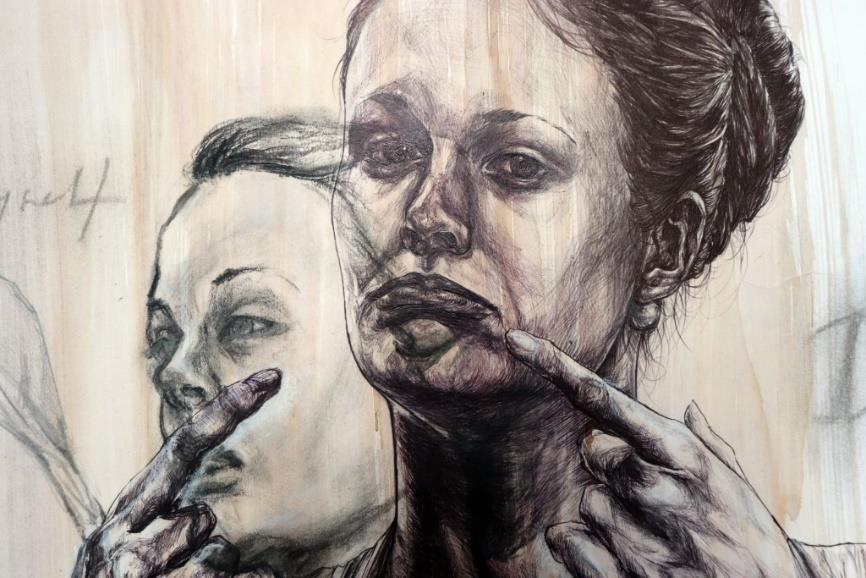
3 minute read
GCE Advanced Level Design and Technology: Product Design (AQA - 7552
GCE Advanced Level Design and Technology: Product Design (AQA - 7552)
Overview
This creative and thought-provoking qualification gives students the practical skills, theoretical knowledge and confidence to succeed in several careers. Especially those in the creative industries. Students will gain a real understanding of what it means to be a designer alongside the knowledge and skills sought by higher education and employers. They will investigate historical, social, cultural, environmental and economic influences on design and technology while enjoying opportunities to put their learning into practice by producing prototypes of their choice.
During this course, you will be encouraged to:
• be open to taking design risks, showing innovation and enterprise whilst considering their role as responsible designers and citizens. • develop intellectual curiosity about the design and manufacture of products and systems, and their impact on daily life and the wider world. • work collaboratively to develop and refine their ideas, responding to feedback from users, peers and expert practitioners. • gain an insight into the creative, engineering and/or manufacturing industries. • develop the capacity to think creatively, innovatively and critically through focused research and the exploration of design opportunities arising from the needs, wants and values of users and clients • develop knowledge and experience of real-world contexts for design and technological activity • develop an in-depth knowledge and understanding of materials, components and processes associated with the creation of products that can be tested and evaluated in use. • to make informed design decisions through an in-depth understanding of the management and development of taking a design through to a prototype/product. • to create and analyse a design concept and use a range of skills and knowledge from other subject areas, including maths and science, to inform decisions in design and the application or development of technology. • to work safely and skilfully to produce high-quality prototypes/products
• have a critical understanding of the wider influences on design and technology, including cultural, economic, environmental, historical and social factors. • develop the ability to draw on and apply a range of skills and knowledge from other subject areas, including the use of maths and science for analysis and informing decisions in design.
Course Description
Unit Code Unit Content
Paper 1 Technical Principles
Mixture of short answers and extended responses on all areas of Design and Technology, includes, material's properties and applications, manufacturing processes, health and safety, design communication, enterprise, sustainability, CAD/CAM, product design and development.
Paper 2 Designing and Making Principles
Mixture of short answer and extended response questions. • Section A: • Product Analysis: 30 marks • Up to 6 short answer questions based on visual stimulus of product(s).
• Section B: • Commercial manufacture: 50 marks • Mixture of short and extended response questions
NEA Non- Exam Assessment (internal)
Practical application of technical principles, designing and making principles. Students will create a written or digital design portfolio which includes photographic evidence of a final prototype.
Assessment
Written exam: 2 hrs and 30 mins
120 marks, 30% of A-level
Written exam: 1 hr and 30 mins
80 marks, 20% of A-level
Substantial design and make project
100 marks, 50% of A-level
Course Requirements
You will need to enjoy designing and making a range of different products using a wide range of manufacturing processes, including, the addition of Computer Aided Manufacturing such as 3D printing and laser cutting. Students would benefit from having a GCSE or IGCSE in Design and Technology or a related specialism.
Career Path:
Design and Technology can lead to a wide range of careers, including, product design, graphic design, fashion, engineering, computer aided design, theatrical design, textiles, architecture, advertising, marketing, metalwork, carpentry, industrial manufacturing and digital design.








